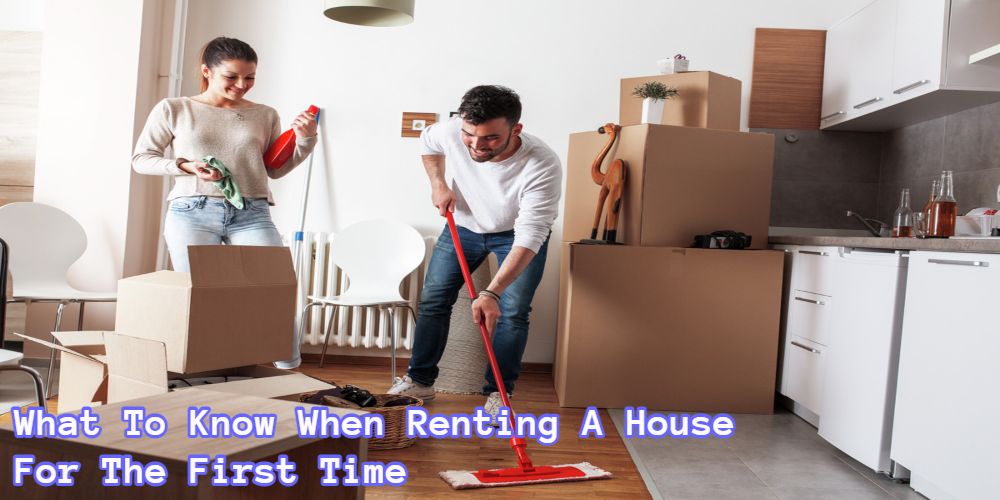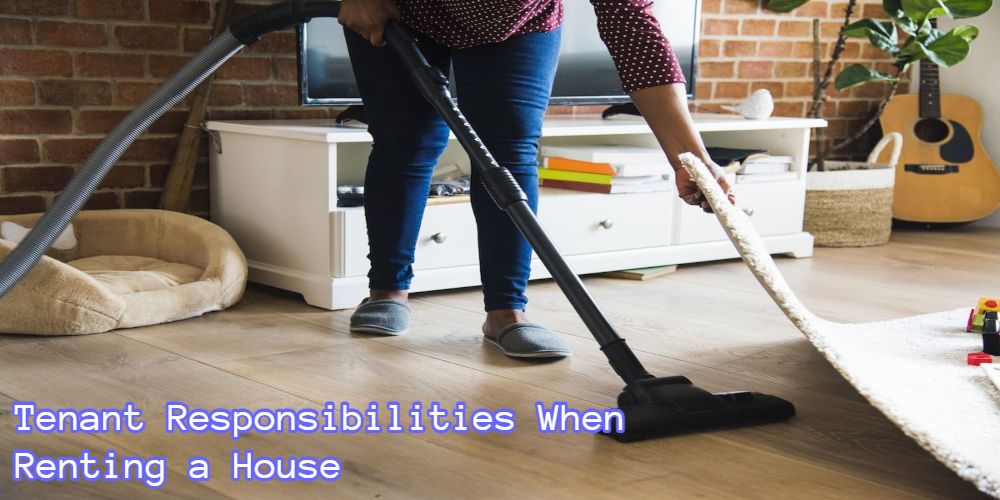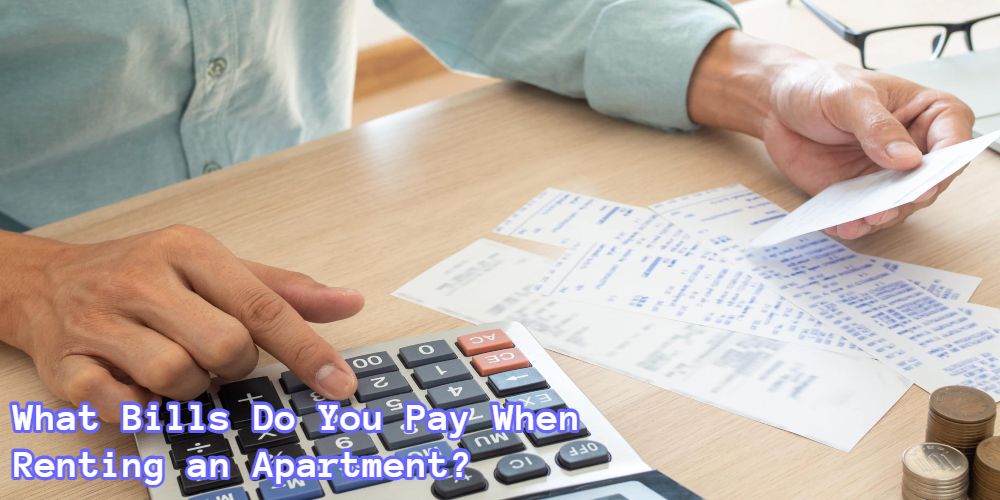Last Updated on October 1, 2021 by Kelvin Nielsen
As a savvy renter, you’ll want to consider several things when looking to rent a new apartment. One such thing is the location of the property. Is it in a good neighborhood? How is the crime rate in the area? Is the neighborhood in a good school district? What about the amenities, are they nearby?
But other than the location and other considerations, you’ll also want to rent a home that perfectly fits your needs, lifestyle and preferences.
Normally, before lease signing, landlords will walk the tenant through the property. This is an imperative process, as it’ll help both parties ascertain the property’s existing condition. For your potential landlord, it’ll provide them an opportunity to fix anything that may be in need of repair. And as for you, it’ll help you know whether or not the home is the right fit.
Without conducting a move-in inspection, your landlord may not exactly remember what damages existed before you moved in. Consequently, you may end up paying for damages you weren’t liable for to begin with.
In today’s post, we’ll take you through some of the things you may want to look for when renting a house.
1. Check the walls, floor, and carpets for possible damage or stains.
Before signing the lease, you want to make sure that the walls, floor, and carpets are in good condition. Though walls are likely to have a few small holes, be on the lookout for more obvious damage like bigger holes or cracks.
In the same way, the floor could have burns or holes and a hardwood one could have several small scuffs. No matter how minor these damages look, it’s in your best interest to have them captured in the move-in inspection report. If the landlord had not recorded them as the previous tenant’s fault, you could be the one to fix them up.
And this goes for the carpet as well. While small hardly visible stains aren’t so much of a big deal, big indelible ones could be. It isn’t uncommon for tenants to cover the costs of replacing a carpet with their security deposit at the end of the lease.
2. Check the windows.
Damaged windows can pose a security issue for you and your family. For instance, a window that does lock up correctly can provide an easy entrance to a burglar. As such, don’t let any issues with the windows go unaddressed.
Check to see that there are no broken glasses, rusty frames, or the presence of mold which could turn out to be hazardous. Also, be on the lookout for drafty windows. A drafty window will allow out heated or cooled air and let in cold outside temperature. And that will mean one thing – high electricity bills!
3. Ensure lights and light switches work.
Even if you will be viewing the apartment during the day, don’t forget to turn on the lights to ensure they are working as they should. Do this in every room.
If the bulbs need replacing or the switches don’t appear to function properly, let your landlord know. And since you haven’t moved in yet, the responsibility to repair them would squarely fall on them.
4. Ensure that the thermostat and the HVAC system work.
The thermostat controls all the other components of the HVAC system. If it’s faulty, the entire heating, ventilation, and air conditioning system won’t work as it should.
Luckily, it’s pretty easy to tell if a thermostat is dysfunctional. For instance, a thermostat that reads room temperature while it is noticeably cold is likely to be faulty. And even though everything may seem fine on the surface, it’s still a good idea to ask your landlord about its functioning.
5. Ensure safety equipment such as smoke detectors work.
You possibly understand the importance of having safety equipment in your apartment. In case of any emergency, for instance a gas leak, equipment such as smoke and carbon monoxide detectors will give you a heads up.
One way of telling whether a smoke detector is working as it should is by checking its lights. If they are on, that could probably be a sign it’s in a working condition. If otherwise, ask the landlord to make sure the device is fully functional before moving in.
6. Check the refrigerator and other kitchen appliances.
The last thing you want is to notice that the refrigerator and kitchen appliances don’t work when you’ve already signed the lease and moved in.
Just like switches and light bulbs, you might forget to turn on the oven, stove, or check the condition of the fridge. You see, a good outward look isn’t a guarantee that these appliances are in perfect condition. So, before you move in, run a few tests on kitchen appliances.
7. Confirm that the kitchen and bathroom faucets work.
What sucks more than moving into a new apartment that has no running water or a flushing toilet? Well, such cases aren’t uncommon and are the last thing you want.
During the walkthrough inspection with your potential landlord, be keen to notice any missing or broken handles on faucets and cracks on the toilet. Also, run faucets and showers and make sure to flush the toilet at least once. This way, you’ll be sure that the plumbing is working before moving in.
8. Be on the lookout for pests.
Any house, especially one that is warm and moist, is likely to host a few pests like mice and roaches. A pest-infested home is not only gross, but can also pose a big health risk to you and your family members as well.
You, therefore, need to be vigilant when it comes to renting a home. Be on the lookout for any indication of pests during the move-in inspection process. The following are signs that a home is likely to have a pest-infestation problem.
- Signs of termites. Check the wood in the rental unit for termite damage. Are there any visible holes? Does the wood sound hollow when you tap it? Can you spot shed wings or fecal pellets? If so, that could be a sign of a termite infestation.
- Grease marks and tracks. Can you spot some dark green marks along the walls? What about fecal droppings or urine trails? If you spot any, that could be a telltale sign of a mice or rat infestation.
- Holes and gnaw marks. Rats like to gnaw on things, and spotting some gnaw marks can be a sign of a rat infestation. Also, be on the lookout for electrical wires that have been chewed up.
- Odd smells and sounds. Typically, pests will give off a certain recognizable smell. Roaches have been said to have an “oily” odor. Mice tend to give off a musty, urine smell. Rats tend to smell like ammonia.
- Pest control products. This is a sign that the previous owner had a pest infestation problem. So, especially check under sinks and in the garage for large quantities of pesticides.
An ideal house isn’t all about being in a good location and having public parks, a market, schools, and means of public transport near it. There’s a torrent of other things you need to consider. Is the interior condition okay? Do the kitchen appliances work as they should? What about the faucets, are they working efficiently? Are there any pests? These are just some of the questions you need to ask yourself before renting a house.

Hi, I’m Kelvin Nielsen, an experienced landlord and accomplished real estate lawyer. My focus is on answering your questions about renting in the hopes of making your life as a renter or a landlord a bit easier.







